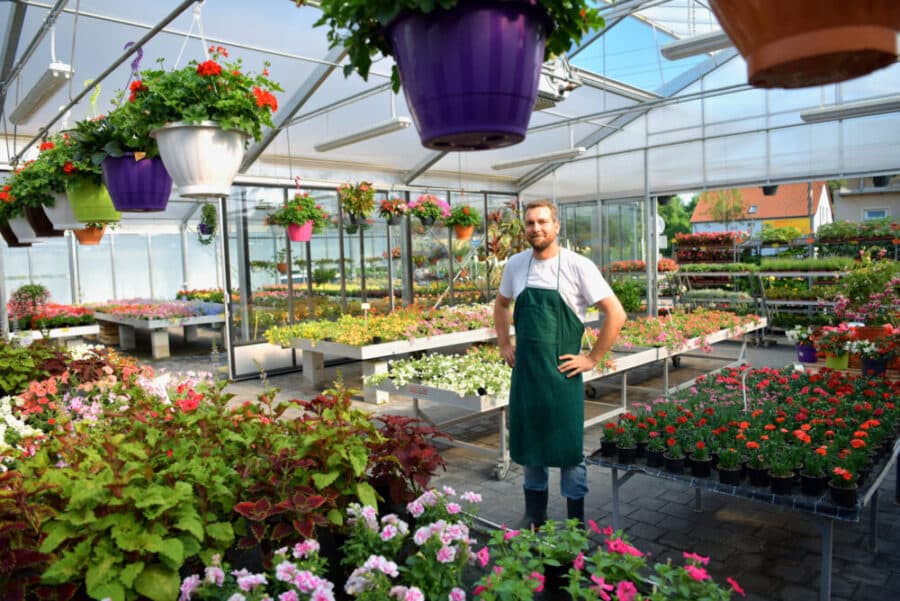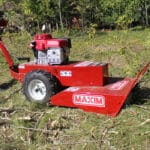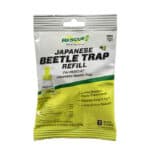
Garden Centers and nurseries had their share of ups and downs in the past five years due to external factors in the marketplace. Revenue declined from $16.2 billion in 2015 to $15.3 billion in 2020, with intermittent growth spikes in individual years. According to experts, the primary reasons for fluctuations within the industry are consolidation, imports, and volatility.
However, it appears there are brighter days ahead. It’s projected the industry will grow at a rate of 1.9 percent, generating $16.8 billion in revenue by 2025. Additionally, the horticulture sector is riding a wave of popularity with consumers, led by gardening enthusiasts and homeowners. Yet, it is millennials who are shaping the future of the industry.
Confronting Major Challenges
According to the State of the Greenhouse and Nursery Industry Report 2021, conducted by GroPro, three factors are slowing the industry’s growth.
Consolidation: Major companies that previously purchased only from local nurseries are now sourcing from a broad range of suppliers. Price is the primary determining factor for large-scale purchases, making it more difficult for smaller nurseries to compete.
Imports: The U.S. currently imports more nursery goods than it exports. Imports totaled $2.2 billion in 2020, whereas exports amounted to $497 million. Major retailers buy flowers at more affordable prices from countries such as Columbia and Ecuador.
Volatility: Consumer demand is often seasonal or related to holidays. Flowers and plants are non-essential luxury items subject to price fluctuations and household budgets.
Positioning for Growth
Rather than focusing on obstacles, forward-thinking garden center owners will develop contingency plans to mitigate disruptions caused by unforeseen events. In the event of an emergency, businesses should be prepared to safeguard personnel, assets, and inventory. Since orders from florists may continue to fall, nurseries could potentially benefit from incorporating more food-related items. Larger nurseries might become eligible for agriculture subsidies. Investing in automation to improve operations could reduce labor costs and increase efficiency.
Counting on Consumer Demand
According to the 2022 Gardening Insights Survey conducted by Axiom Marketing, a market strategy consulting company, the planting trend that has occupied consumers throughout the pandemic will continue in 2022. Sixty-two percent of respondents say they will plant more in the coming year than they have previously. The response is even higher among millennials at 76 percent.
- 28 percent of people surveyed will buy more gardening products
- 44 percent will spend more time gardening this year
While 84 percent of gardeners feel they accomplished their tasks in 2021, the response among millennials was even higher. “What is even more encouraging is that number jumps to more than 90 percent when it comes to millennials. We believe if this group feels successful, the industry will have long-term growth. Millennials see gardening as more than just a hobby; it’s an extension of their home and a chance to enhance outdoor living space,” says Kathleen Hennessy, head of Axiom’s horticulture marketing group.
Gardening is Therapeutic
The primary reason respondents enjoy gardening is that it lowers stress and makes them feel healthier and happier. Secondary reasons were being outdoors with their families and spending time at home. The final reasons were growing food and creating a lovely space outdoors.
Operating a garden center or nursery can be challenging. However, owners can weather the storms by making sound business decisions, running a safe operation, and understanding the trends that are changing the industry.






